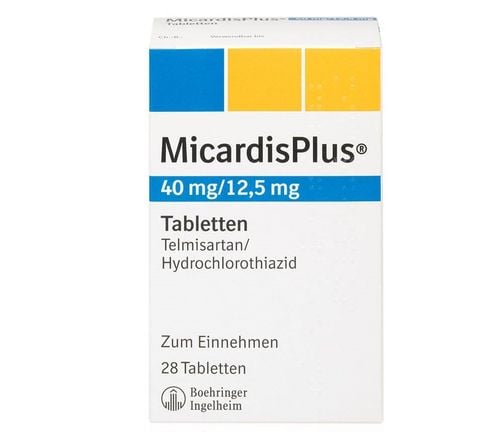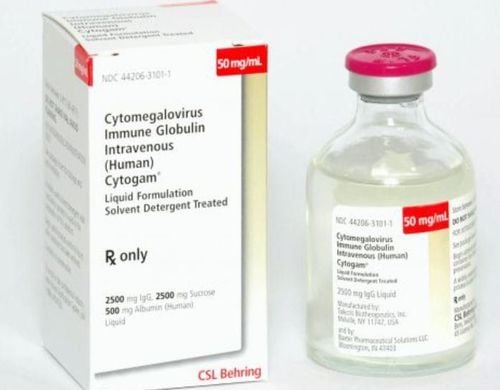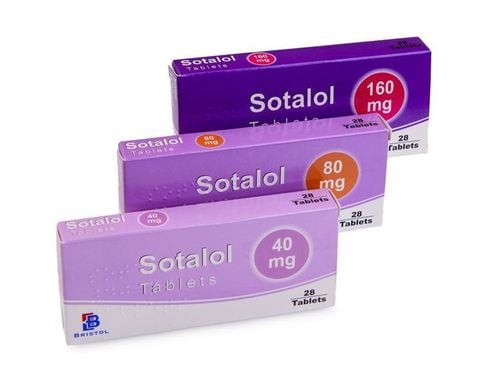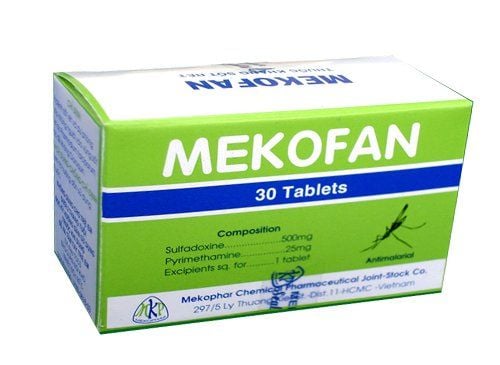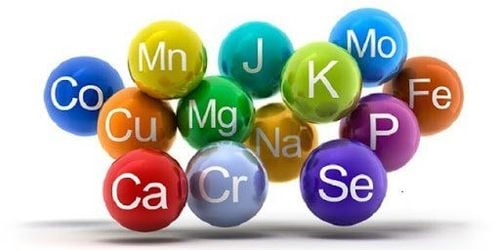This is an automatically translated article.
The article is professionally consulted by an Anesthesiologist - General Surgery Department - Vinmec Nha Trang International General Hospital.
Malignant hyperthermia is a serious type of reaction that occurs to particular drugs and is used in general anesthesia, in susceptible individuals. Symptoms of malignant hyperthermia include muscle stiffness, malignant fever, and tachycardia. Complications can include rhabdomyolysis and high blood potassium, which can even lead to death. Most people who are predisposed to malignant hyperthermia are generally normal to non-exposure.
1. Clinical Manifestations
The clinical presentation can be variable, and typical early signs often include hypercapnia, sinus tachycardia, masticatory rigidity, or generalized rigidity. The earliest sign is an increase in ETCO2; Therefore, it is necessary to immediately eliminate the causes of decreased CO2 emissions or increased production that contribute to carbon dioxide increase.There is often a misconception that malignant hyperthermia begins with a period of postoperative hyperthermia. Hyperthermia is a late sign of malignant hyperthermia. Fever and signs of tissue hypoxia may be associated with hypotension, complex arrhythmias, rhabdomyolysis, electrolyte disturbances, disseminated intravascular coagulation (DIC), and mixed acidosis.
Clinical signs appear during the perioperative period in the following forms: During surgery, about an hour after anesthesia, although reactions can still occur later After cessation of anesthesia, usually within a few days minutes Postoperatively, in the form of delayed rhabdomyolysis in previously asymptomatic patients After effective treatment, recurrence may still occur in up to 25% of patients, most commonly in people with large muscle mass. 1.1 Early Signs Hypercapnia: The most reliable first clinical sign after the anesthesiologist has made efforts to improve ventilation. With acute malignant hyperthermia, the body increases due to increased cellular metabolism, causing metabolic acidosis.
Tachycardia Tachycardia is another early symptom of acute malignant hyperthermia, which may be accompanied by hypertension. However, this sign is not specific. Other causes of increased heart rate and blood pressure include: inadequate anesthesia, sepsis, hyperthyroidism, pheochromocytoma, cocaine poisoning, abrupt alcohol withdrawal syndrome, amphetamine poisoning, and counterfeit drug poisoning. sympathetic. The use of calcium channel blockers is absolutely contraindicated in the management of malignant hyperthermia because it will aggravate hyperkalemia.

Nhịp tim nhanh là triệu chứng sớm của tăng thân nhiệt ác tính cấp
1.2 Late signs Electrocardiographic changes Electrocardiographic changes with arrhythmias due to hyperkalemia from muscle destruction occur rapidly in patients with large muscle mass. Hyperkalemia strongly reinforces the diagnosis of malignant hyperthermia. The appearance of ventricular extrasystoles signals dangerous hyperkalemia, which may progress to ventricular tachycardia or ventricular fibrillation. Rhabdomyolysis The degree of creatine kinase (CK) elevation depends on the patient's muscle mass, and the severity of the muscle breakdown. Plasma CK and urine myoglobin peak at about 14 hours after the onset of malignant hyperthermia. After surgery, CK increased within 24 hours. A CK >20,000 U/L predicts susceptibility to malignant hyperthermia in 80% of patients who have ever had an episode of suspected malignant hyperthermia. In highly muscular patients, this level can exceed 100,000 U/L. Dark tea-colored urine indicates myoglobinuria and needs to be treated. Hyperthermia Hyperthermia is not the first sign but rather a late sign of malignant hyperthermia and is not usually present at the initial suspected stage. Prolonged muscle spasms caused by uncontrolled calcium release produce more heat than the body's ability to dissipate heat. Marked hyperthermia occurs minutes to hours after the onset of the first symptoms. The core temperature can increase by 1°C every 5 minutes in some cases. Very high body temperature (up to 45oC) leads to increased production of carbon dioxide, increased oxygen consumption, and dysfunction of the body's vital organs. Severe hyperthermia leads to disseminated intravascular coagulation (DIC), a poor prognostic indicator and eventual event. In addition to malignant hyperthermia, there are many other possible causes of fever in the perioperative period. Fever may be caused by sepsis or by the effects of anesthetics and/or surgery on the thermoregulatory system in the hypothalamus. Patients undergoing surgery in endometrial areas (gastrointestinal tract, genitourinary tract, etc.) are very prone to fever.
Sepsis can cause fever, metabolic acidosis, and elevated CK, making it difficult to differentiate from malignant hyperthermia. However, the differential diagnosis from other causes should not interfere with the emergency procedure for malignant hyperthermia, when the clinical picture is appropriate.
2. Treatment of malignant hyperthermia
Acute malignant hyperthermia should be suspected when the anesthesiologist is unable to control the elevation of ETCO2 despite attempts to compensate for ventilation/min. The diagnosis will be confirmed by muscle spasticity (masticatory or systemic), or unexplained metabolic acidosis. When these clinical signs appear, dantrolene should be used immediately and the anesthetic agents that trigger malignant hyperthermia should be discontinued. An anesthesiologist must be dispatched to participate in the preparation of dantrolene and to initiate the emergency procedure.Malignant Hyperthermia Association of the United States (MHAUS) recommends that units using anesthetic agents always have a cart fully equipped with tools and medications ready. for treatment of malignant hyperthermia.
2.1 Effective management of a suspected case of malignant hyperthermia syndrome 2.1.1 Optimal oxygenation and ventilation Give the patient 100% oxygen. Increasing ventilation rate and/or volume per breath cycle maximizes ventilation and reduces ETCO2. If the patient is not already intubated, it should be done immediately.
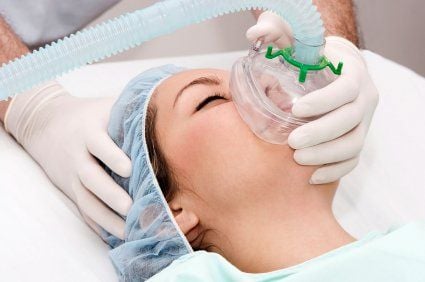
Cung cấp oxy cho người bệnh
2.1.3 Administration of dantrolene Dantrolene is the sole antagonist for malignant hyperthermia. Dantrolene binds to ryanodine receptors (RYR1) and directly inhibits calcium release from the sarcoplasmic reticulum of skeletal muscle, reversing the increased metabolism in skeletal muscle. Before dantrolene was introduced, mortality could be as high as 70%, now it has been reduced to 1 to 17%. Dantrolene is supplied as a lyophilized powder (20 mg bottle) containing an additional 3g of mannitol and sodium hydroxide to maintain a pH between 9 and 10. The drug is mixed with sterile warm water to increase solubility. Now there is a new form that dissolves better. Dantrolene is administered initially as a bolus of 2.5 mg/kg IV, followed by bolus doses of 1 mg/kg IV until signs of malignant hyperthermia resolve; ETCO2 levels need to return to normal once dantrolene takes effect. In the majority of cases, dantrolene reverses the hypermetabolism within minutes. Rarely, higher doses are needed and the physician should review the correctness of the diagnosis if a rapid response is not observed. However, in some cases, especially in male patients with large muscle mass, an initial dose of dantrolene up to 10 mg/kg should be administered intravenously. All medical units that perform general anesthesia must have adequate stock of dantrolene needed to deal with malignant hyperthermia. MHAUS recommends that each unit must have a prepared emergency procedure, a special trolley containing 36 bottles of dantrolene, other medications and medical equipment ready to use. treatment of cases of acute malignant hyperthermia. 2.1.4 Management of Hyperkalemia Treatment of hyperkalemia (with calcium, bicarbonate, and insulin-glucose mixture) is based on the presence of abnormal ECG waves (high and pointed T waves), avoiding formation dangerous arrhythmias and cardiac arrest. Patients with large skeletal muscle mass are at increased risk of hyperkalemia due to rhabdomyolysis.
Absolutely do not prescribe calcium channel blockers in the management of acute malignant hyperthermia because they can aggravate hyperkalemia.
2.1.5 Laboratory Tests Need to check ionogram, acid-base balance, creatine kinase (CK), coagulation function and fibrinolysis products. Arterial and venous blood gases should be tested as required until blood pH and potassium levels have been adjusted to normal.
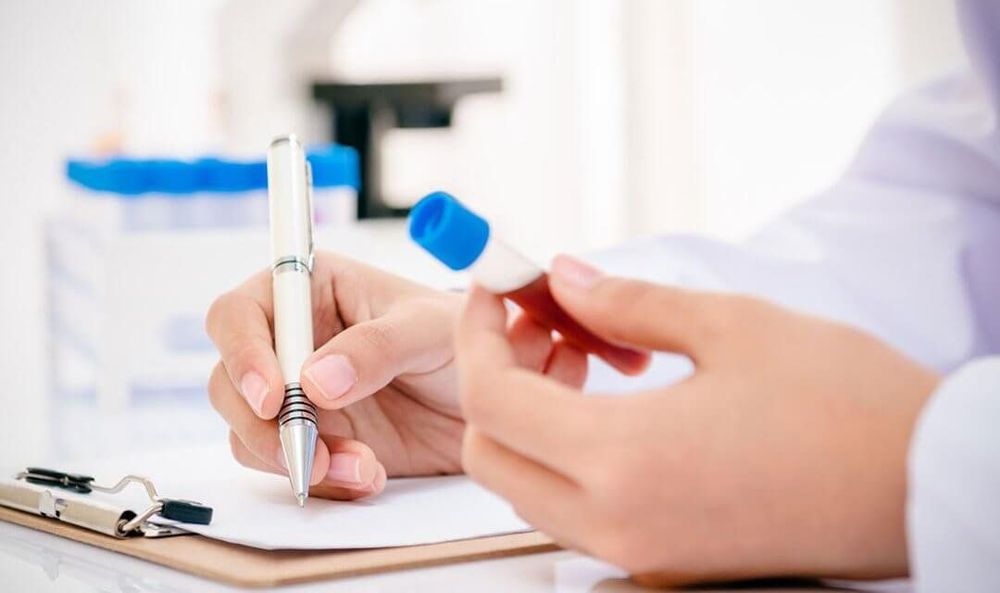
Xét nghiệm chức năng đông máu
Vinmec International General Hospital is one of the hospitals that not only ensures professional quality with a team of leading medical doctors, modern equipment and technology, but also stands out for its examination and consultation services. comprehensive and professional medical consultation and treatment; civilized, polite, safe and sterile medical examination and treatment space.
Please dial HOTLINE for more information or register for an appointment HERE. Download MyVinmec app to make appointments faster and to manage your bookings easily.




